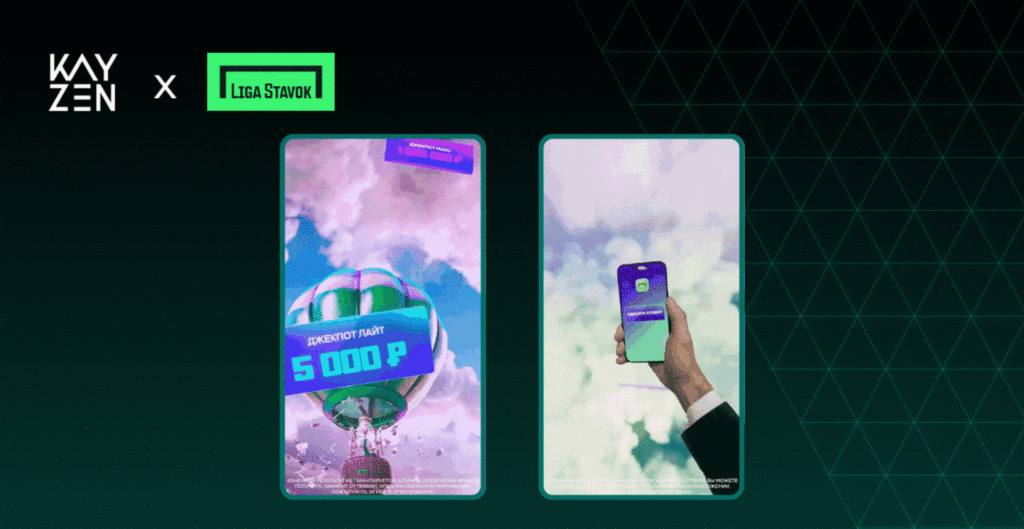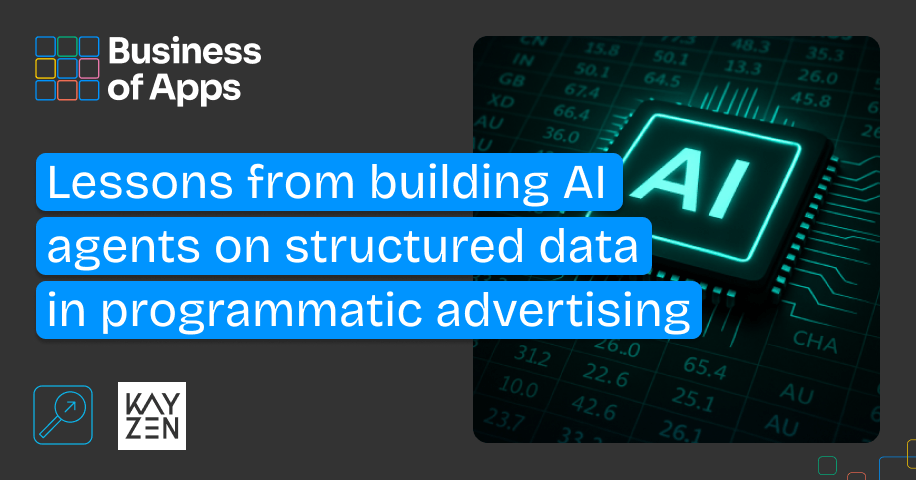“App-to-web isn’t just another channel—it’s an untapped way to reach high-intent users in environments where they’re primed to engage and convert.” – Roi Lotan, Media Team Leader at MediaForce
For years, performance marketers have relied on Meta, native ad platforms, and search to fuel their lead generation efforts. But as competition increases and platforms become more restrictive, marketers are turning to app-to-web advertising as a powerful alternative.
Unlike traditional digital advertising channels, app-to-web moves beyond the walled gardens, allowing marketers to reach users in immersive mobile environments where engagement is at its peak. Through rewarded and interstitial video ads, advertisers can connect with users in moments of high attention, driving not just clicks, but real conversions.
To understand the impact of app-to-web, I spoke with Roi Lotan, Head of Performance Marketing at MediaForce. As a leader in performance-based customer acquisition, MediaForce has managed over a billion dollars in media spend across industries like Auto Insurance, Health, and Wellness. Roi and his team have been at the forefront of using app-to-web to scale high-quality lead generation.

“For years, marketers have been stuck fighting over the same audiences on Facebook and native platforms, driving costs higher and higher,” says Roi. “App-to-web opens up a new way to reach users who are already engaged, but without the same level of competition and restrictions. That’s a massive opportunity.”
So why is app-to-web becoming a go-to channel for savvy marketers? And how can you tap into its potential to drive scalable, high-quality lead generation? Let’s break it down.
Why App-to-Web Unlocks High-Intent Audiences
The biggest challenge in performance marketing today is finding users who are not just clicking, but converting. App-to-web campaigns stand out because they tap into a highly engaged audience within mobile apps, particularly in gaming environments where users are already invested.
“With in-app video ads, we’re able to reach users at the perfect moment—when they’re already engaged and willing to interact,” explains Roi. “That level of attention is something you just don’t get with traditional feed-based advertising. Users aren’t just scrolling past—they’re opting in, watching, and taking action.”
Here’s what makes this channel unique:
- Users are in a focused, immersive environment. Unlike passive social media scrollers, app users are engaged in their experience, making them more receptive to ads.
- Full-screen, high-impact formats. Rewarded and interstitial ads capture the entire screen, ensuring undivided attention.
- Intent-driven engagement. Rewarded ads, in particular, are opt-in, meaning users choose to watch them in exchange for in-app rewards. This creates a natural moment of engagement, increasing the likelihood of action.
With these advantages, app-to-web is not just an alternative—it’s an opportunity to scale lead generation with a fresh, underutilized channel.
Precision Targeting: Reaching the Right Users at the Right Time
One of the biggest advantages of app-to-web advertising is the ability to target with precision. MediaForce found success by leveraging two key targeting methods:
“We tested broad targeting and precise segmentation, and the difference was clear. When we focused on apps aligned with our core audience, we saw a significant improvement in lead quality and conversion rates,” explains Roi. “For instance, by using age-targeted whitelists, we reached a 25-55 demographic that was far more likely to convert.”
- Age-Targeted Whitelists – By focusing on apps with a strong 25-55 demographic, they ensured they were reaching users more likely to convert for their offers, such as auto insurance.
- Smart App Categories – Instead of broad targeting, they selected app types that aligned with their audience’s interests. For example, casual and board game apps performed well in their lead-generation campaigns.

“It’s not just about reaching more people,” Roi adds. “It’s about reaching the right people, at the right moment, in the right environment.”
Creative Strategy: Why App-to-Web Ads Need a Different Approach
Not all video ads are created equal. What works on social media doesn’t always translate to in-app environments. That’s why a strong creative strategy is crucial for success in app-to-web campaigns.
“A strong hook is everything. If you don’t grab attention in the first three seconds, you’ve already lost the user,” says Roi. “And for rewarded ads, storytelling is key. We’ve seen the best results when the ad builds curiosity and keeps the user engaged right until the call-to-action.”
Key takeaways from MediaForce’s approach:
- Interstitial Ads – Since these are skippable after a few seconds, the opening hook is everything. A bold visual, an intriguing question, or a strong statement within the first three seconds can make or break performance.

- Rewarded Ads – These allow for longer storytelling, making them ideal for explainer videos or narrative-driven content. The key is to keep users engaged so they complete the ad and interact with the final call-to-action.

- UGC-Style Creatives – Authentic, user-generated content outperforms polished brand ads. Ads that feel native to the environment tend to drive higher engagement and conversions.
- Frequent Creative Refreshes – To avoid fatigue, MediaForce updates creatives every three weeks, constantly testing new variations based on performance data.
“The best creative isn’t just about looking great—it’s about making users feel something and take action,” Roi emphasizes. “That’s what separates a high-performing app-to-web campaign from one that just gets impressions.”
For performance marketers, the lesson is clear: Creative is just as important as targeting. Even the best audience segmentation won’t deliver results without the right messaging and visual strategy.
Best Practices for High-Quality Lead Generation in App-to-Web
For those looking to integrate app-to-web into their performance marketing strategy, here are MediaForce’s proven best practices to drive results:
- Leverage precise targeting. Use Smart App Categories and whitelists to reach users in high-intent environments.
- Customize creatives for in-app video. Bold hooks for interstitials, storytelling for rewarded ads.
- Monitor and optimize frequently. Keep an eye on IPM (Installs Per Mille) and CPA (Cost Per Acquisition) to refine campaigns.
- Refresh creatives regularly. Prevent ad fatigue by testing new variations every few weeks.
- Optimize for post-click experience. The journey doesn’t stop at the ad. A strong end card and seamless landing page experience drive conversions.
As digital advertising landscapes evolve, the most successful marketers will be those who adapt early to new channels. App-to-web advertising is still an underutilized yet highly scalable way to drive quality lead generation.
“We’re still at the early stages of app-to-web’s potential, but the results speak for themselves,” says Roi. “The early movers in app-to-web will be the ones leading the next wave of performance marketing—those who wait will be playing catch-up.”




